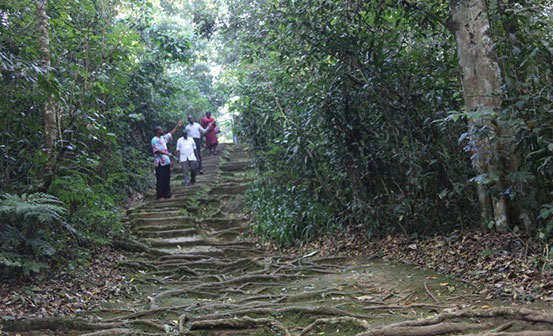×
The Standard e-Paper
Stay Informed, Even Offline

Kakamega Forest is one of the remaining true rain-forests in Western Kenya. It was once part of the Guineo-Congolian forest. It is a key tourist attraction famed for rare bird species, indigenous trees and animals.
Tourists prefer to climb Lirhanda sacred hills, situated about 1,700 metres above sea level for bird’s view of the 23,000 hectares with the lion’s share in Kakamega and a small stretch in Vihiga County.